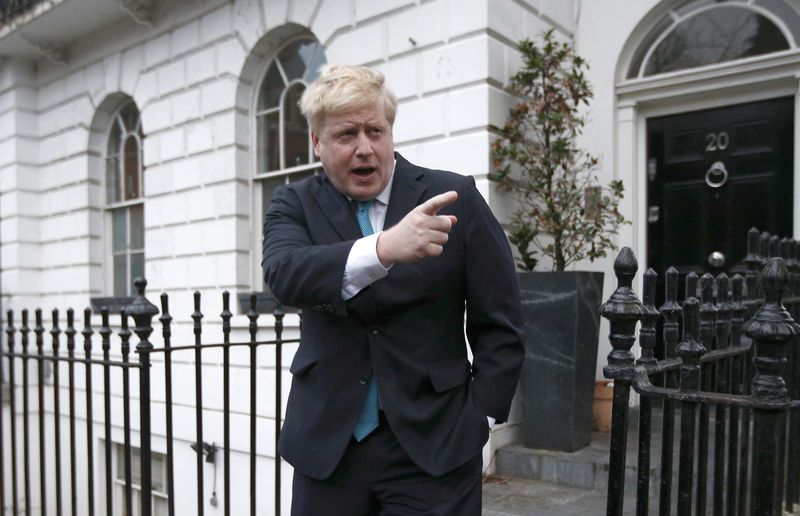Investing.com -- Gold prices tumbled on Tuesday as reports suggested the EU and U.K. were closing in on a deal to avert a disorderly and economically damaging Brexit on Oct. 31.
The yield on the U.K. and German 10-year government bonds rose by six and four basis points respectively, as money flowed out of havens and into less conservative assets.
By 11:20 AM ET (1520 GMT), gold futures for delivery on the Comex exchange were down $11.35 dollars, or 0.8% at $1,485.75 a troy ounce. Spot gold was down 0.7% at $1,482.85 an ounce.
Silver futures also retreated, falling 1.4% to $17.46 an ounce, while platinum futures fell 1.1% to $889.85.
The threat of a disorderly Brexit has been one of the cardinal factors behind the surge in European portfolio demand for gold this year - the European Central Bank’s negative interest rates being the other, and they too are at least partly a reaction to the negative impact of Brexit uncertainty. A deal would remove the worst-case scenario for investors and for the European and global economy.
However, it wouldn’t be a panacea. The think-tank U.K. in a Changing Europe estimates that the U.K. economy would still end up forfeiting more growth under the exit scenario proposed by Prime Minister Boris Johnson than under the Withdrawal Agreement drafted by his predecessor Theresa May. That’s because May’s government had undertaken to keep a close economic relationship with the EU, including shared standards on labor and the environment.
Against that backdrop, Bank of England policymaker Gertjan Vlieghe repeated in a speech on Tuesday that the U.K. economy may still need lower interest rates, something that would restore the relative attraction of gold.
"While Brexit-related stockbuilding and other temporary factors are causing significant volatility in quarterly GDP growth, a range of other activity indicators suggest the underlying growth rate of the economy is now close to zero," Bloomberg quoted Vlieghe as saying.
Analysts too continue to see the long-term picture for gold as still positive, albeit the pace of price gains may ease off in the next 12 months. Standard Chartered’s Suki Cooper told an industry conference in China that prices will average $1,510 an ounce in the fourth quarter of 2019 and $1,570 in the same period next year.
In part that’s due to high prices hitting retail demand, particularly in emerging markets. China’s jewellery consumption is forecast to drop 4% to about 660 tons this year, according to forecasts from Metals Focus Ltd. Gold imports into India, likewise, are running at their lowest in over three years.
